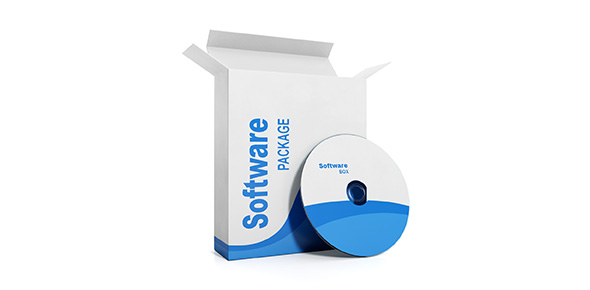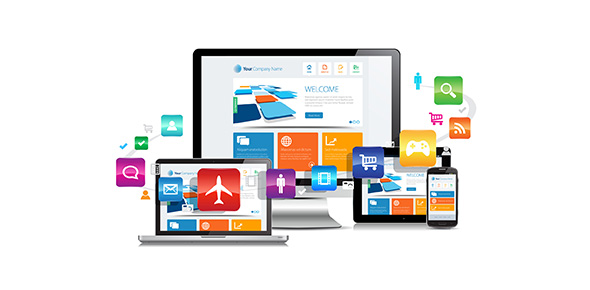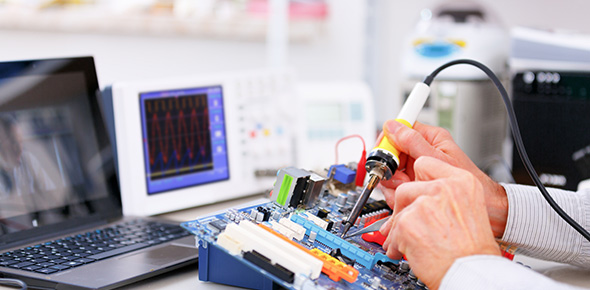Related Flashcards
Related Topics
Cards In This Set
| Front | Back |
|
Information
|
Communication that has value because it informs
|
|
Data
|
Information converted into binary digital form
|
|
Difference between data and information
|
Data is raw material for processing while information is data that has been processed in such a way, as to be meaningful to the person.
|
|
Analog Information
|
Information that is continuous and can take on any of an infinite set of values.
Ex. Digital camera captures images and a microphone transmits sounds into a sound card inside the computer. |
|
Digital Data
|
Information that is restricted to a finite set of values and it uses a special way of digital information called binary information.
|
|
Input
|
Computers accept information from the outside world.
Ex. Keyboards and pointing devices. |
|
Processing
|
Computer perform arithmetic or logical operations on information.
Ex. CPU which is the central processing unit or brain of the computer. |
|
Storage
|
Computers store and retrieve information from memory and storage devices. Long term repositories for data.
|
|
Output
|
Computers communicate information to the outside world.
Ex. Video monitor, printer to produce paper printouts, and speakers to output sounds. |
|
Peripherals
|
A device that is attached to the compute such as a keyboard, mouse, monitor, and speakers.
|
|
Keyboard
|
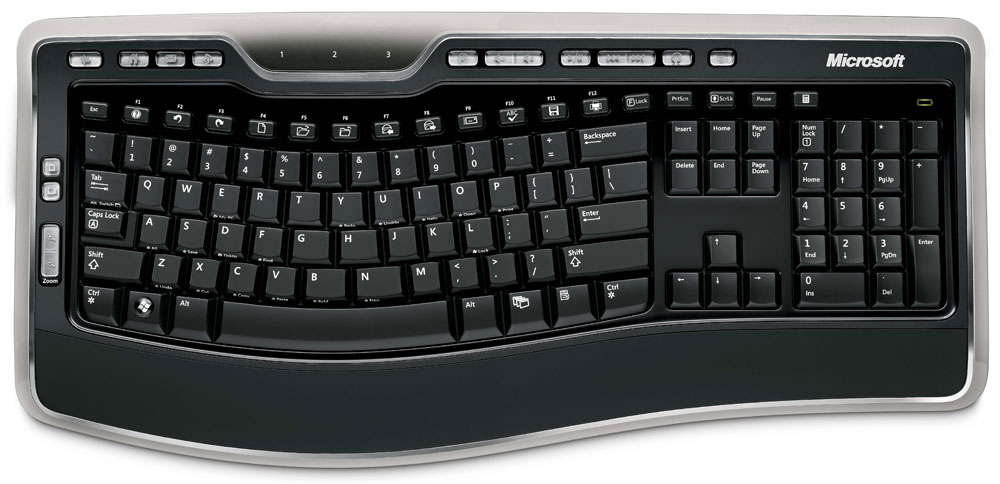 They put the information a person types into a program in the computer. Most keyboards have 80 to 110 keys and the layout is known as QWERTY. |
|
Mouse
|
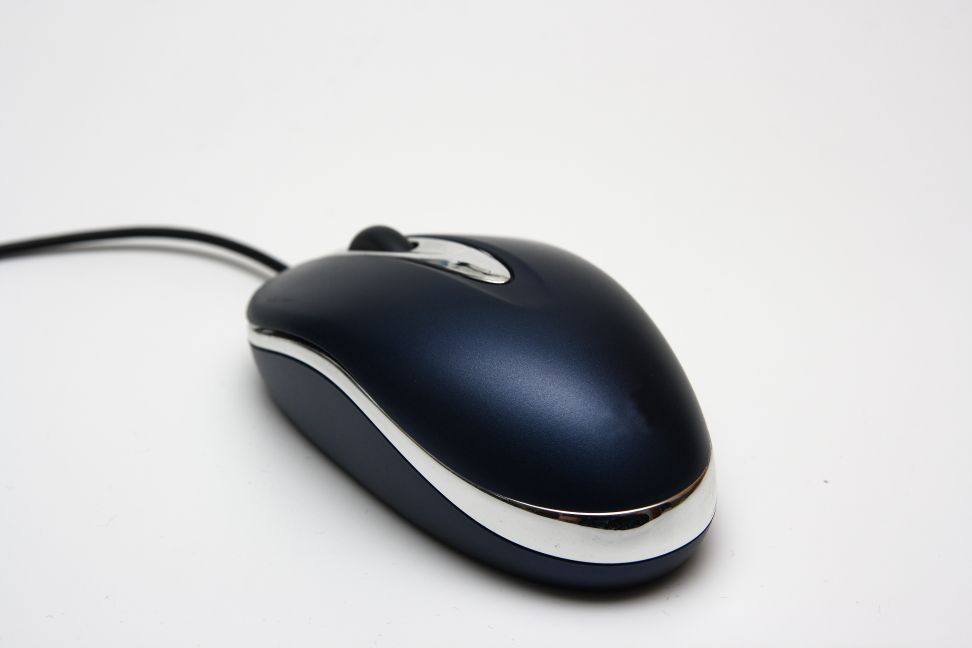 When you move the mouse on a surface it senses the motion and a signal is sent to the computer, and then the computer acts to how the mouse was moved or clicked. |
|
OCR (Optical character recognition)
|
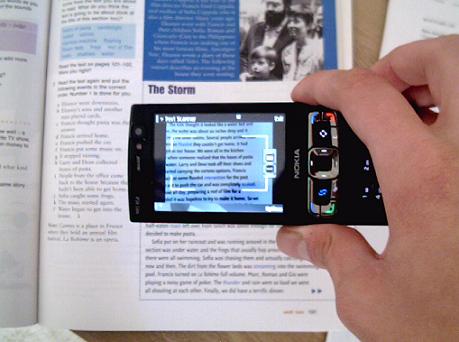 The mechanical or electronic translation of scanned images of handwritten or typewritten text into machine encoded text. |
|
OMR (Optical mark recognition)
|
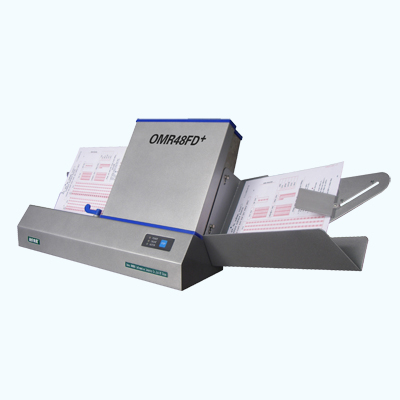 The process of capturing human marked data from document forms such as surveys and tests. |
|
Barcodes
|
 An optical machine readable representation of data which shows certain data on certain products. |




